Individuals with Afro-textured hair often encounter challenges with managing frizzy or fluffy hair. There are many ways to face this issue, such as flattening,brading, and wearing a wig… But one of the most popular among those is twist-outs. You totally can control frizz, define their curls, and maintain healthier and more manageable hair with a beautiful appearance. This blog will provide insightful techniques and tips on how to twist hair to address common issues experienced by those with Afro hair textures and those who want to create new amazing looks with twist hair as well.
Table of Contents
I. Why Twist Hair?
Twisted hairstyles offer versatility for various occasions, ranging from casual to formal events. Whether it’s a relaxed day out or a special occasion, twisted hairstyles can complement different outfits and settings, adding a touch of elegance or a relaxed vibe as needed. Moreover, the low-maintenance aspect of twisted hairstyles makes them a practical choice for individuals with busy lifestyles. Compared to other styling methods that may require frequent touch-ups and styling products, twisted hairstyles can maintain their appeal with minimal effort, making them a convenient and stylish option for everyday wear.
II. 3 easy steps to twist hair
1. Preparing Your Hair
Preparing your hair is crucial before twisting to ensure the best results. Start by washing your hair with a gentle shampoo and conditioner to cleanse and hydrate your hair. It is essential to use a leave-in conditioner or moisturizing product before twisting to add moisture and slip to the hair, making it easier to manipulate and reducing breakage during the twisting process. This step helps in maintaining the health and flexibility of your hair, ensuring a smooth and defined twist style.
2. Tools and Products
- Wide-tooth comb: A wide-tooth comb helps detangle your hair without causing breakage, making it easier to section and twist your hair evenly.
- Hair clips: Hair clips are essential for sectioning off your hair while twisting, ensuring that you can work on one section at a time without interference.
- Styling products such as cream or gel: Using a styling product like cream or gel can help provide hold and definition to your twists, creating a long-lasting and polished look.
- Hair extensions: If you need to add hair extensions for twisting hair for adding volume and thicker hair, it is highly recommended to choose human hair extensions over synthetic ones. Human hair extensions, whether natural human hair or a blend, offer a more natural look and feel compared to synthetic hair extensions. Human hair extensions can be styled, curled, straightened, and maintained like natural hair, ensuring flexibility and versatility in creating various twist styles. This choice allows for a seamless blend with your natural hair, providing a polished and authentic finish to your twisted hairstyle. Additionally, human hair extensions are lightweight, meaning less tension on your scalp, natural-looking, free from chemicals, versatile in styling options, and help prevent tangled and matted hair.
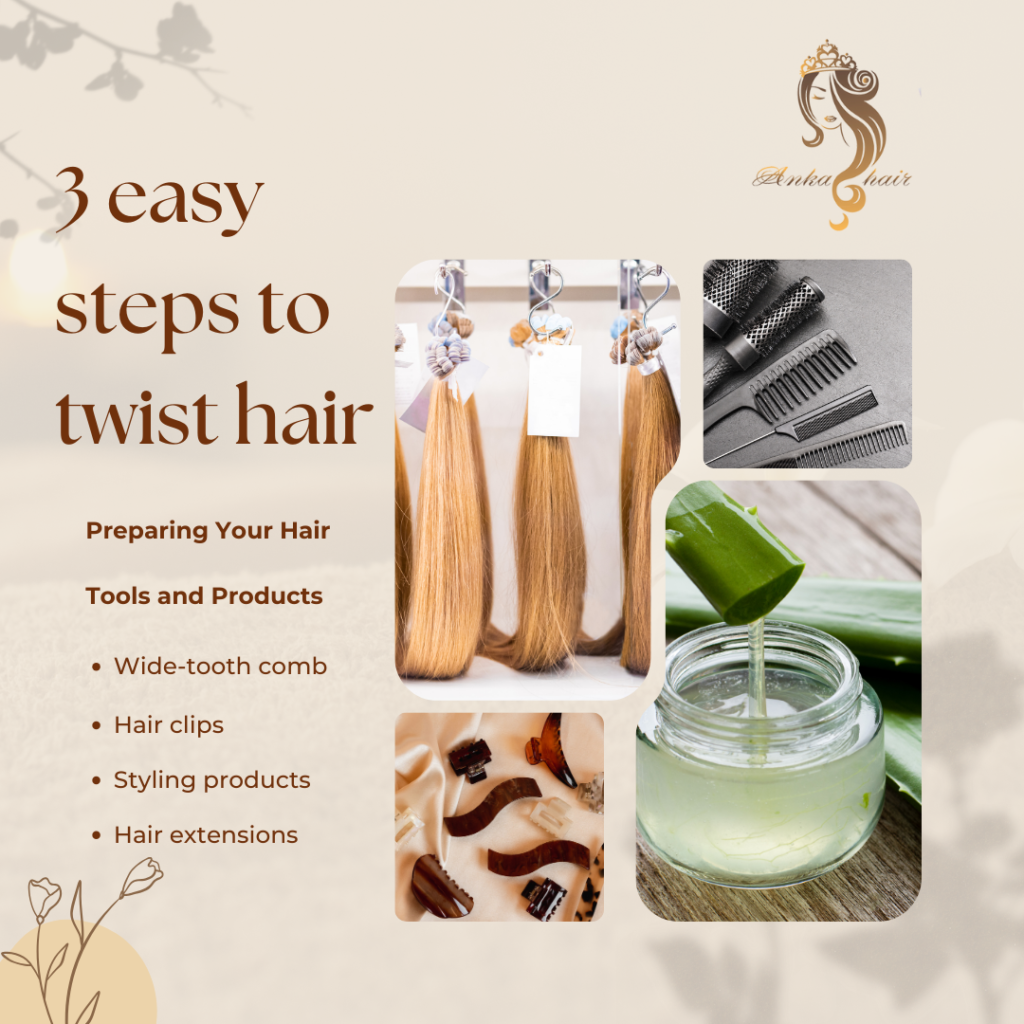
3. Different Twisting Techniques:
3.1 Two-Strand Twists:
- Start by sectioning the natural hair into small, workable parts and detangle each section thoroughly.
- Take a small section of natural hair and a small section of the human hair extension, making sure they are of similar size.
- Hold the natural hair and the extension together, then begin twisting them from the roots. The extension should blend seamlessly with the natural hair as you twist.
- Continue twisting all the way down to the ends, ensuring the extension is securely incorporated into the twist.
- Repeat this process throughout the head, adjusting the size and amount of natural hair and extensions based on the desired look.
- Once all the twists are completed, you can style or accessorize them as desired.
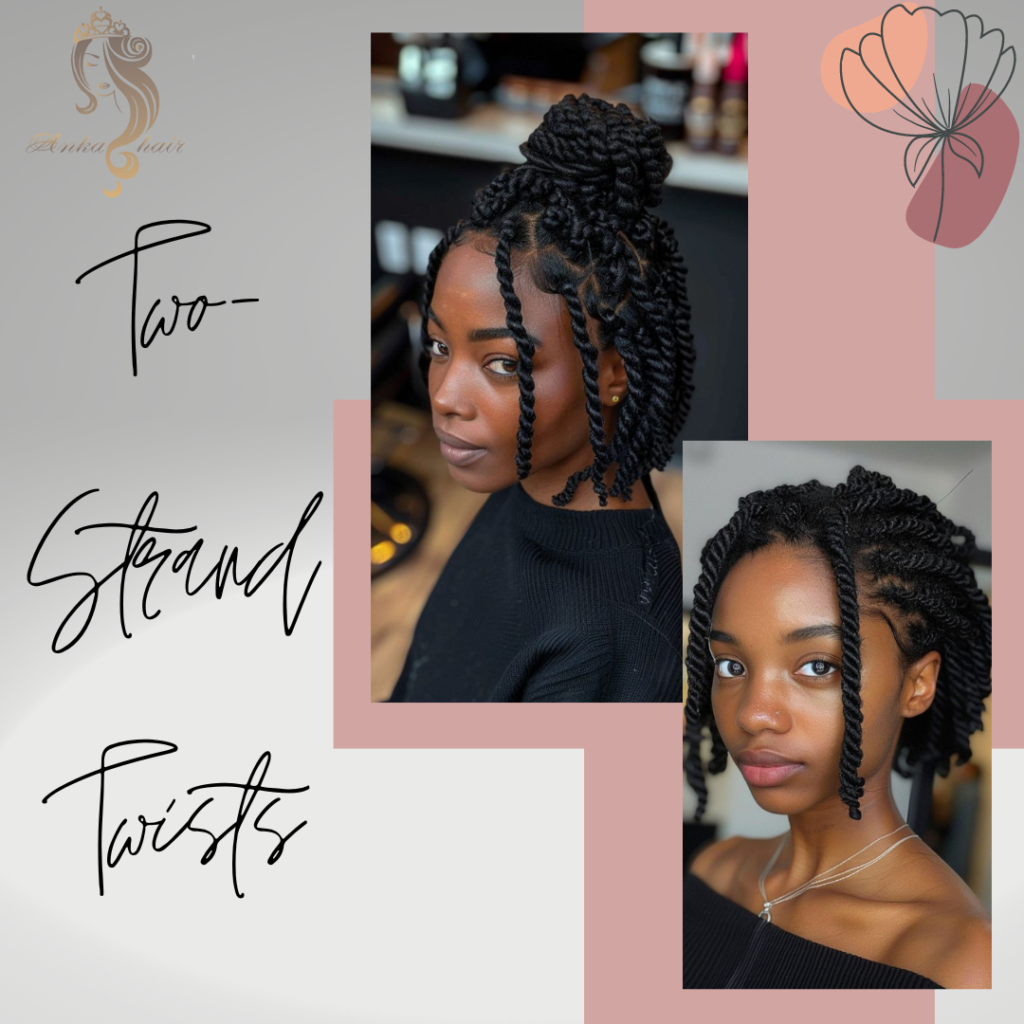
3.2 Flat Twists
- Begin by dividing a small section of hair into two equal parts. Make sure the section is untangled and easy to work with.
- To create a flat twist, take the front strand and place it over the back strand. Then, cross the back strand over the front strand to create the first twist.
- Add a small section of hair to the front strand before crossing it over the back strand. This helps maintain a smooth and consistent twist.
- Continue adding small sections of hair to the front strand before twisting it over the back strand. Keep the twist close to the scalp for a neat look.
- Repeat this process along the scalp until you reach the end of the section. Secure the flat twist with a hair tie, clip, or hairpin.
By following these detailed steps, beginners can create beautiful and well-defined flat twists with ease.

3.3 Comb Twists:
- Sectioning the hair into small, workable parts using a comb. Ensure that the hair is detangled and easy to work with.
- Take a small section of hair and apply a twisting cream or gel to provide hold and definition.
- Use a fine-tooth comb to twist the hair from the roots to the ends. Place the comb at the roots, then twist it downwards while adding more of the product for smoothness and hold.
- Continue twisting each section along the entire head, ensuring even distribution of the product and consistent twist size.
- Allow the twists to dry naturally or use a hooded dryer.
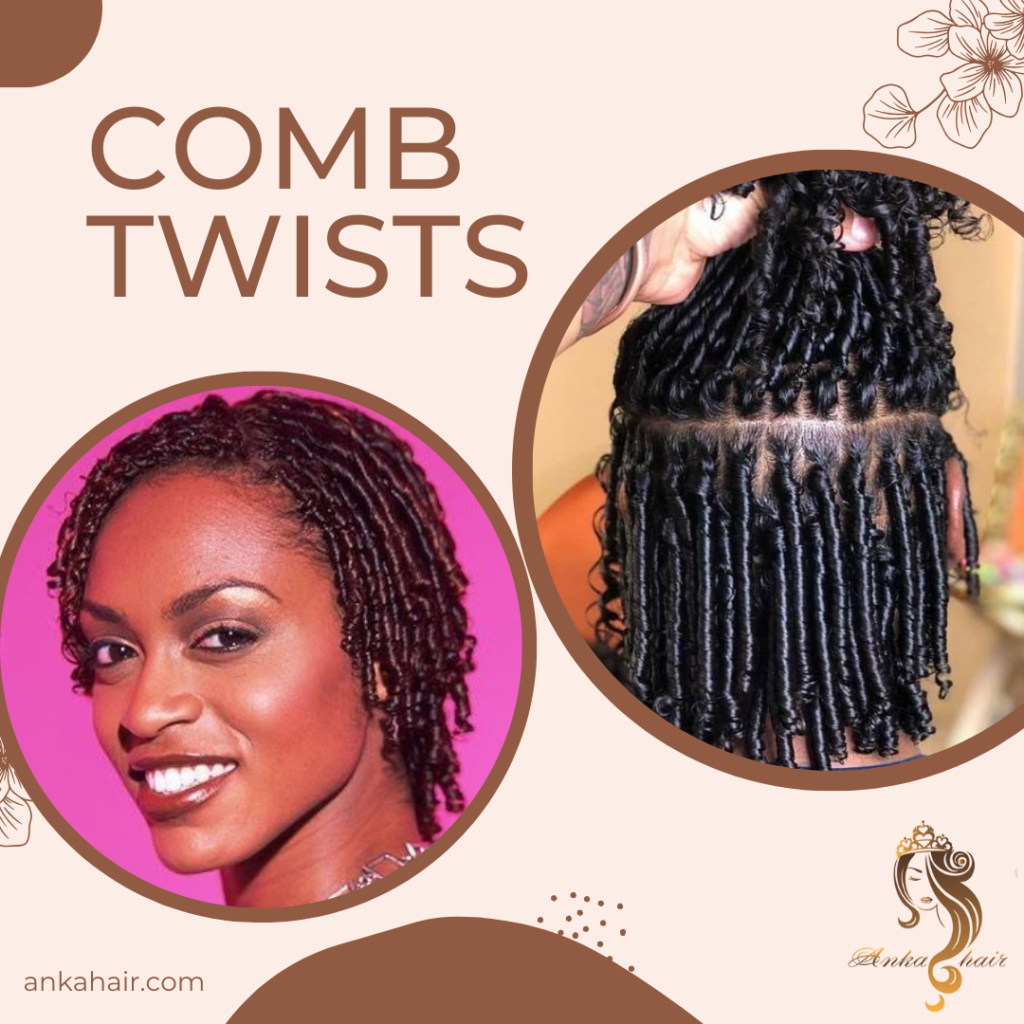
III. Styling and Unraveling
There are numerous stylish options available for twisted hair, providing versatility and flexibility in hairstyling. Twisted hair can be styled in various ways, such as updos, half-up styles, and leaving the twists as they are for a natural look.
Updos are a popular choice for twisted hair, offering an elegant and sophisticated appearance. Styles like high buns or chignons can be easily achieved with twisted hair, providing a polished and refined look for formal events or everyday elegance. These updos help to showcase the twists and create a sleek and chic aesthetic.
Half-up styles are another versatile option for twisted hair, allowing for a combination of both up and down elements in the hairstyle. By gathering hair from the front sections and tying it up high or leaving it down, a stylish and balanced look can be created. This offers the versatility of having hair both up and down, perfect for various occasions.
Additionally, leaving the twists as they are can also be a fashionable choice, embracing the natural beauty of the twists. Allowing the twists to dangle or fall naturally presents an effortless and casual appearance, showcasing the unique texture and character of the twisted hair.
Overall, the range of styling options for twisted hair provides an array of possibilities to suit different preferences and occasions, allowing for creativity and expression in hairstyling.
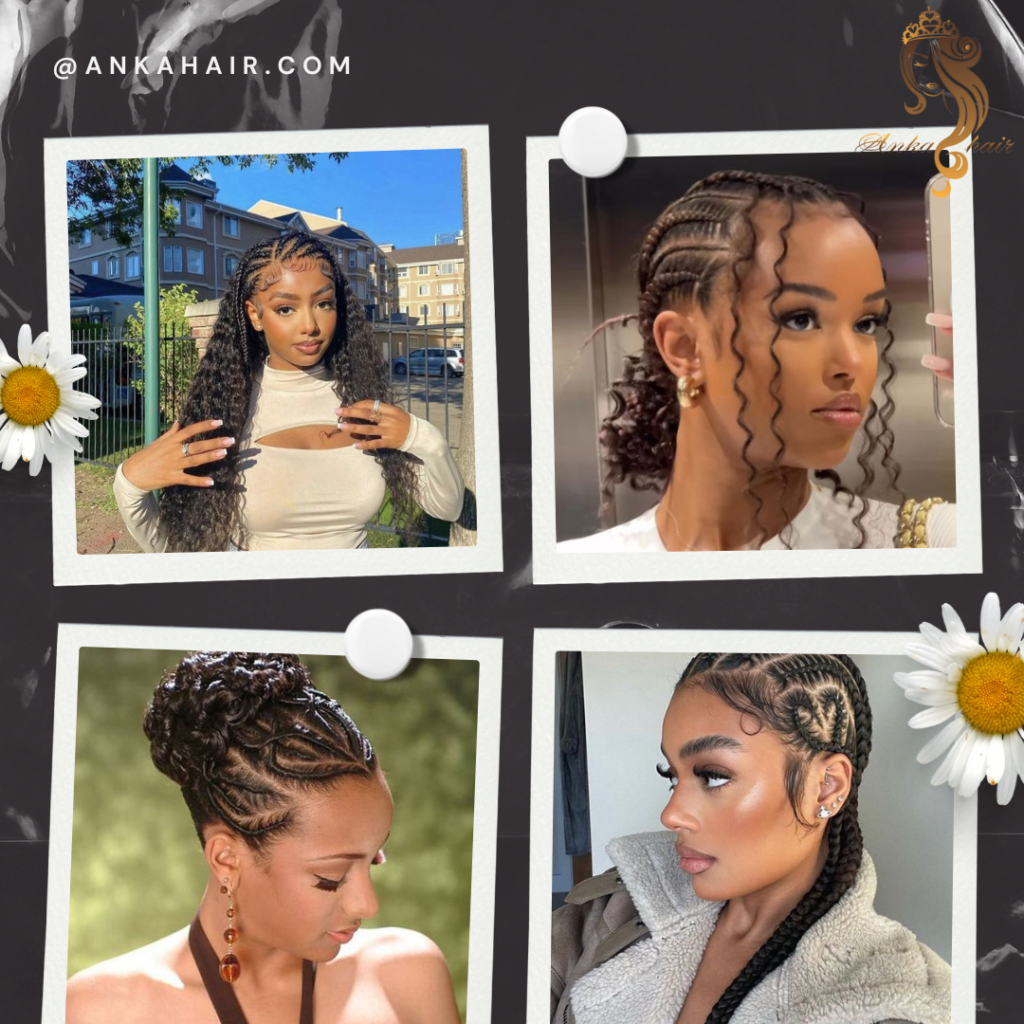
IV. Maintenance and Nighttime Care
When caring for twisted hair with human hair extensions, it’s essential to adopt a gentle approach to maintain the health of both your natural hair and the added extensions. Here’s how to take care of hair when adding human hair extensions to twisted hair:
- Moisturize Regularly: Apply a lightweight moisturizing spray or natural oils to the scalp and twists to keep them hydrated. This helps prevent dryness and breakage, promoting healthy hair growth.
- Cover at Night: Use a satin scarf, bonnet, or pillowcase to protect the twists and extensions while sleeping. This reduces friction and helps maintain the style for an extended period.
- Cleanse with Care: When washing your hair, focus on the scalp and roots while being gentle with the twists and extensions. Use a sulfate-free shampoo and follow up with a moisturizing conditioner to keep the hair nourished.
- Avoid Tension: Be mindful of tight hairstyles or excessive pulling on the twists and extensions, as this can lead to hair damage and discomfort.
To preserve and extend the life of twisted hairstyles, there are some essential tips to keep in mind. Avoid excessive touching or manipulation of the twists, as this can cause them to unravel or lose their shape. Limit washing the hair too frequently and ensure regular use of moisturizing oils or creams to keep the twists hydrated and resilient. Using a satin scarf or bonnet each night and ensuring meticulous care will help prolong the lifespan of the twists.
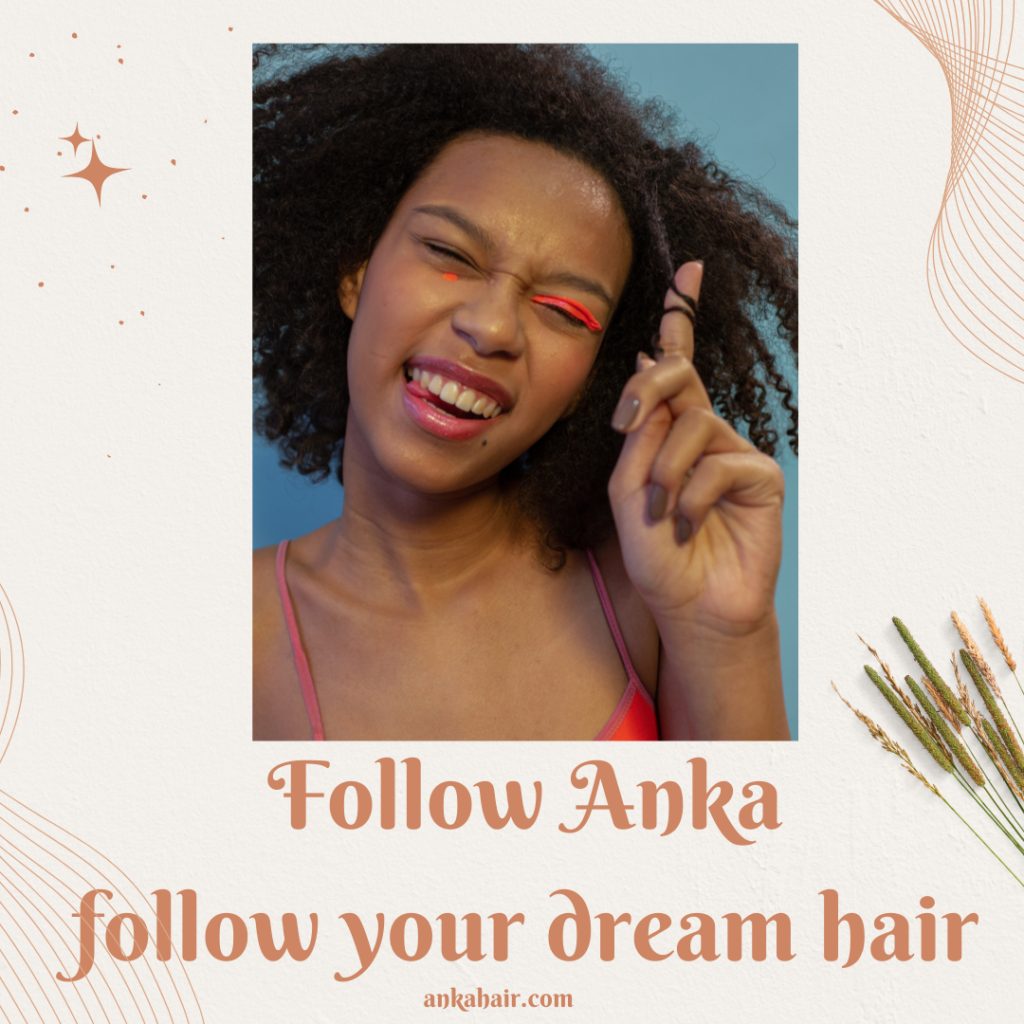

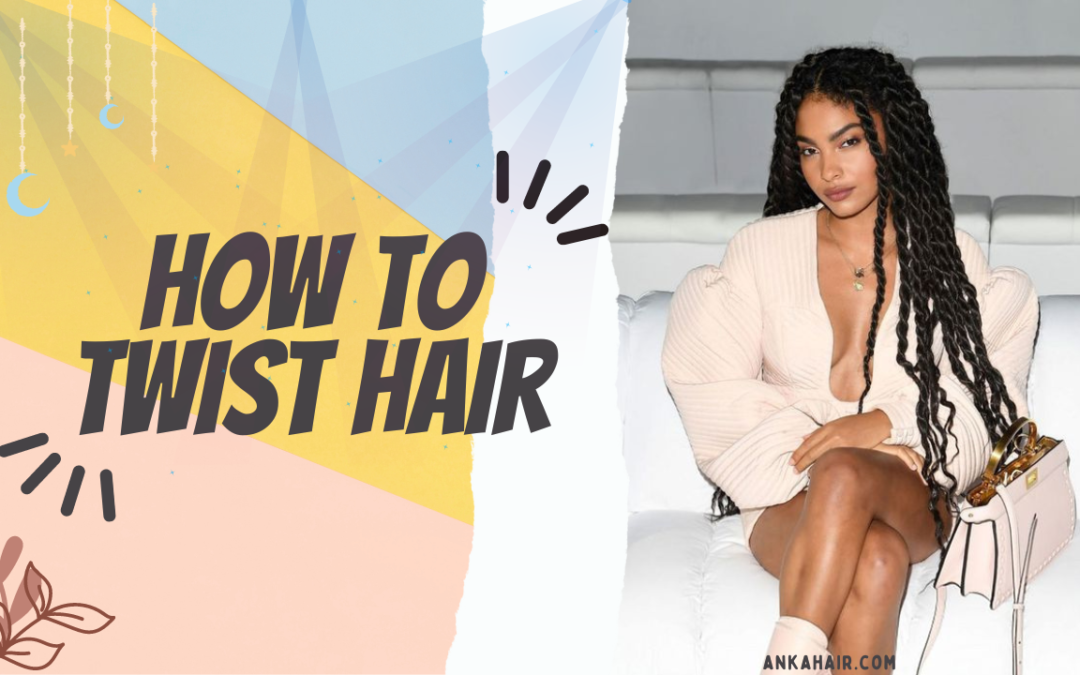
![Wendy [English]](https://ankahair.com/wp-content/uploads/z6058510704907_3129b1fbac33d8a26fab41030946122f.jpg)
![Hannah [English]](https://ankahair.com/wp-content/uploads/WhatsApp-Image-2024-10-15-at-11.02.52-150x150.jpeg)
![Harry [English]](https://ankahair.com/wp-content/uploads/z5931501956796_5e7cab9db0516d3858ece1dad95cc4e4-150x150.jpg)
![Gina [English]](https://ankahair.com/wp-content/uploads/WhatsApp-Image-2024-10-15-at-11.00.23-150x150.jpeg)
![Kavin [English]](https://ankahair.com/wp-content/uploads/Cheiens-150x150.jpg)
![Ellie [English]](https://ankahair.com/wp-content/uploads/Anh-WhatsApp-2024-11-22-luc-15.14.57_0bc67535.jpg)
![Danny [English]](https://ankahair.com/wp-content/uploads/WhatsApp-Image-2024-09-12-at-09.50.38-150x150.jpeg)
![Sarah [English]](https://ankahair.com/wp-content/uploads/Thiet-ke-chua-co-ten-2.jpg)
![Helen [English]](https://ankahair.com/wp-content/uploads/z5932531142190_b3987c9487c317035d38bccfe470682f.jpg)
![Kami [English]](https://ankahair.com/wp-content/uploads/Thiet-ke-chua-co-ten-3.jpg)
![Mimi [Français]](https://ankahair.com/wp-content/uploads/WhatsApp-Image-2023-04-14-at-15.48.06.jpeg)
![Jenny [English]](https://ankahair.com/wp-content/uploads/IMG_20150423_104647.jpg)
![Sveta [Russian, English]](https://ankahair.com/wp-content/uploads/IMG_8318.jpg)
![Katia [Russia, English]](https://ankahair.com/wp-content/uploads/Thiet-ke-chua-co-ten-1-2.jpg)
![Karina [Portuguese,English]](https://ankahair.com/wp-content/uploads/Thiet-ke-chua-co-ten-1-1.jpg)
![Rosa [English]](https://ankahair.com/wp-content/uploads/Thiet-ke-chua-co-ten-4.jpg)
![Sophia [English]](https://ankahair.com/wp-content/uploads/8.jpg)
![Amy [English]](https://ankahair.com/wp-content/uploads/Them-tieu-de.jpg)
![Jesse [English]](https://ankahair.com/wp-content/uploads/9.jpg)
![Alice [English]](https://ankahair.com/wp-content/uploads/z3004302860179_951e928914aeb509a9a72897ed6d2e4c.jpg)
![Anna [English]](https://ankahair.com/wp-content/uploads/Them-tieu-de-3.jpg)
![Lily [English]](https://ankahair.com/wp-content/uploads/Them-tieu-de-1.jpg)

